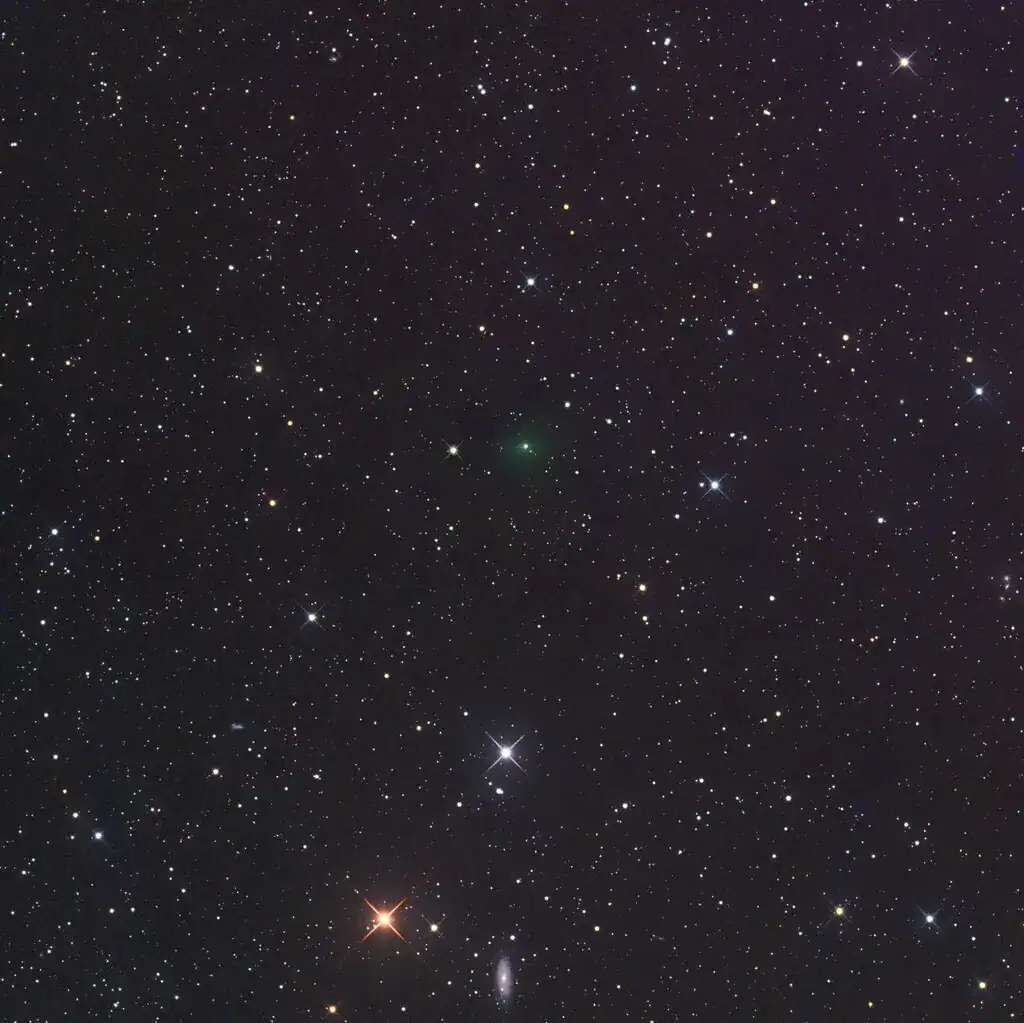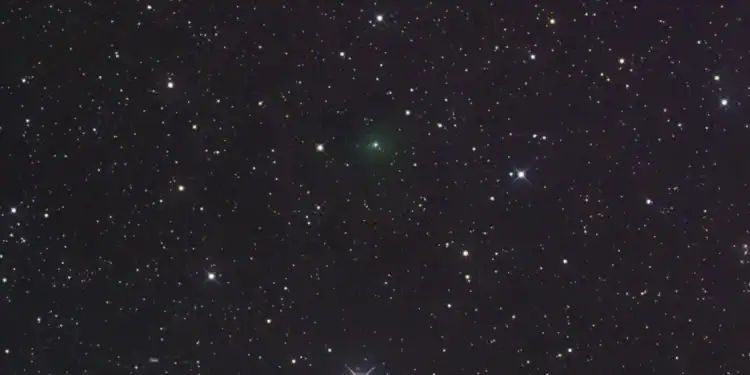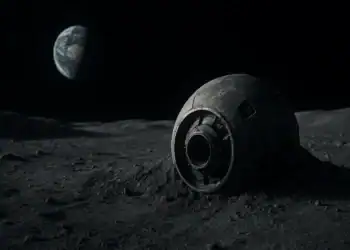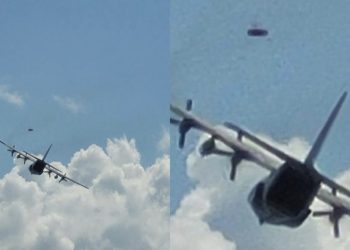I have been staring at 3I/ATLAS for weeks, not through an eyepiece, but through the stack of reports and images that keep arriving. At first the object looked reddish. Now its glow reads as green. The gas around it is heavy on carbon dioxide and thin on water, which is not how a regular comet behaves near the Sun. In some images the light seems to extend toward the Sun rather than away from it. That is the kind of detail that makes you sit up, because it refuses to fit neatly into the usual picture.
One anomaly can be a measurement quirk. A handful of them begins to sound like a pattern. With 3I/ATLAS we have color change, unusual chemistry, odd scattering of light, and a path that hugs the plane of the planets more closely than chance would suggest. When you place those facts side by side, you get a portrait that does not match the familiar family of icy bodies in the solar system where we are from.
This is where the culture of science matters. Many researchers are careful, honest, and conservative in how they talk about data. That caution serves the field well. It also means that oddities sometimes get smoothed out by language before they are faced head on. PRofessor Avi Loeb takes a different tack. He keeps pointing at the data and asking simple questions in public. He does not chase applause and he does not hide behind comfortable phrasing. I respect that. Science is not a popularity contest. It is a process for finding out what is true in the world, and that process only works if people are willing to ask the questions that feel awkward.
Let me be direct about one thing. I do not think 3I/ATLAS is an alien spacecraft. I would love it to be, sure. Natural explanations should be worked through first, with patience and rigor. The chemistry could reflect a crust rich in carbon dioxide ice. The color shift could track changes in sunlight and temperature that wake up different molecules at different distances. The odd light pattern could be geometry and timing. I mean, remember the face on Mars? There is work to do before anyone should claim anything extraordinary.
Still, I will take the other path because it is worth thinking clearly about it. If 3I/ATLAS were artificial, it would almost certainly not carry living organisms. Biology does not like deep space. It breaks down under radiation and time. A machine can wait and repair itself. An autonomous probe guided by artificial intelligence makes more engineering sense for an interstellar mission than a cabin full of breath and bone. That is not a romantic picture, but it is a practical one.

I keep returning to ʻOumuamua. (I also loved Loeb’s book on ʻOumuamua) It was small, fast, and behaviorally odd. It showed no clear signs of venting, yet its motion suggested a small push that gravity alone did not account for. It looked nothing like the textbook comets we teach. It passed. Many argued. It kept its secrets. If you allow a speculative frame for one paragraph, you can imagine ʻOumuamua as a scout, a light vehicle meant to sense, sample, and move on. You can then imagine 3I/ATLAS as a larger platform with a different set of capabilities. If that picture were true, it would point to a civilization far beyond us in age and capacity, one that builds in classes of craft and sends them across star systems as calmly as we send weather satellites across the Atlantic.
I am not claiming that is the case. I am laying out a clean line of reasoning so that readers understand what is at stake when we talk about anomalies. The right response is not to fall in love with the extraordinary answer. The right response is to gather the kind of data that lets the ordinary answer win on evidence, not on habit.
Here is what the data say in plain terms. When 3I/ATLAS was far from the Sun, the light it threw around itself increased very quickly as it moved inward. Once it crossed a certain distance, that increase slowed. That pattern suggests that the material around it changed character. At first the light likely bounced off dust lifted from a dark surface layer. Closer in, fresh, small ice grains likely took over and brightened the glow in a different way. Independent observations show a gas plume dominated by carbon dioxide, with smaller amounts of carbon monoxide and only traces of water. That is unusual when set next to the comets that spend their lives in our system. But thenagain, space is weird, and the universe has so many secrets we are just starting to explore.
You do not need to be a specialist to grasp the next step. If an object from another star looks different from most of our comets, we should not force it into the old mold. We should describe it as it is and ask what that tells us about where it came from, how it formed, and how it is changing now. That is the heart of science. Describe the thing. Test the description. Change your mind when the facts warrant it.
This is also where public conversation can go wrong. People hear “anomaly” and think “mystery solved by a wild claim.” That habit hurts everyone. The better habit is calm curiosity. Loeb often argues for that posture, even when it upsets colleagues. He asks for open data, independent measurements, and patient analysis. He reminds us that history is full of mistakes that felt safe at the time. The Sun did not circle Earth. Diseases did not spring from bad air. Continents did not stand still. Our job is not to protect an old story. Our job is to find the right one.
So what should we do with 3I/ATLAS right now? Keep observing. Compare instruments. Cross-check photometry and spectra. Model the light scattering with more than one set of assumptions. Publish the methods in detail. Invite rival teams to replicate the results. Treat the object as a laboratory for learning about interstellar debris, not as a prop in a culture war between skeptics and believers. If the mundane explanation is correct, it will earn its place by explaining the color, the chemistry, and the geometry without hand-waving. If it fails, we will know exactly where it fails, and that will be valuable.
I will close where I began. The sky is not tidy. It is real and indifferent. It holds dust that glows green and rocks that tumble and gas that tricks the eye. We do not honor it by draping it in stories that flatter us. We honor it by looking closely, asking better questions, and letting evidence lead, even when it drags us somewhere we did not plan to go. If 3I/ATLAS turns out to be a strange but natural traveler, that will be worth knowing. If it is something else, we will need the same tools and the same temperament to face that result. Either way, curiosity and discipline carry us forward.











